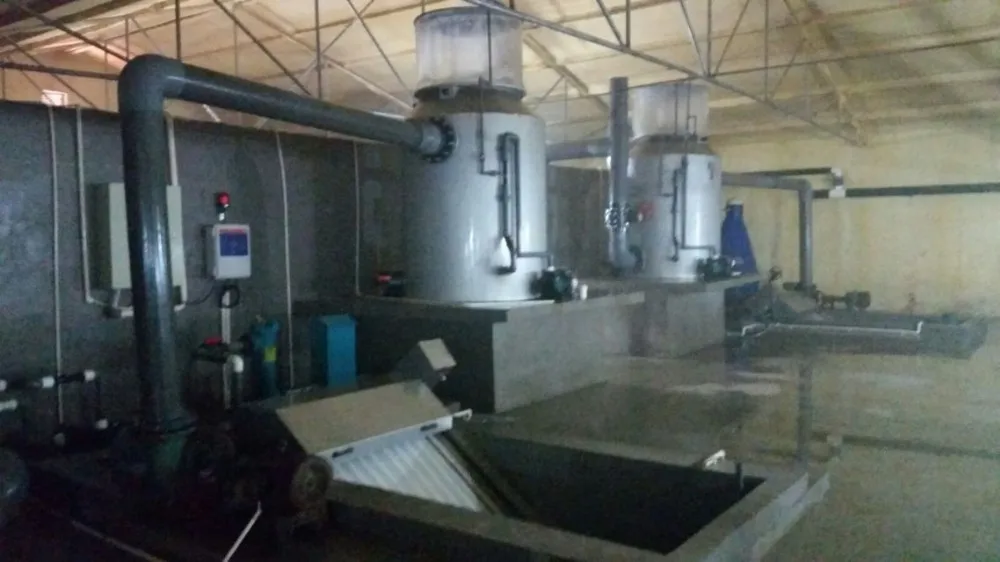Flygoo Ozone Generator for Aquaculture Aquarium
Share




OZONE GENERATOR FOR AQUACULTURE & AQUARIUM
Ozone is increasingly used in aquaculture, and zoos, due to its numerous advantages over traditional water treatment methods. Disinfection of circulated water is essential to maintaining fish health. Ozone provides effective disinfection without producing harmful byproducts or chemical residuals. Ozone Solutions can provide instrumentation that monitors key process

parameters such as water flow, dissolved oxygen (DO), ammonia, temperature, and pH. These monitors will alert operators to potential problems for quick response time.
Flygoo Ozone industry leading technology works great for drinking water treatment for other animals as well. Clean drinking water is essential for animal health and reproduction. Ozone treatment lowers the number of illnesses and deaths.

2. Faster Growth Rates
3. Reduction of Waterborne Diseases
4. Higher Standard of Environmental Control
5. Supplements other Treatment Processes
Fresh Water Aquaculture with Ozone
Process: In the ozone processing stage, the dissolved ozone concentration is 0.1-0.3mg/L with 5-10 minutes processing time. Then it goes to the natural de-ozonation (lower the residual dissolved ozone concentration in the water). Finally, the breedingwater can be used with the residual dissolved ozone concentration to be lower than 0.003mg/L.

Sea Water Aquaculture with Ozone
Process: in the ozone processing stage, the dissolved ozone concentration is 0.1-0.5mg/L with 5-10 minutes processing time.Then it goes to the activated carbon processing. Finally, the breeding water can be used with the residual dissolved ozone concentration to be lower than 0.003mg/L.

Lorem Ipsum is simply dummy text of the printing and typesetting industry. Lorem Ipsum has been the industry's standard dummy text ever since the 1500s, when an unknown printer took a galley of type and scrambled it to make a type specimen book. It has survived not only five centuries, but also the leap into electronic typesetting, remaining essentially unchanged. It was popularised in the 1960s with the release of Letraset sheets containing Lorem Ipsum passages, and more recently with desktop publishing software like Aldus PageMaker including versions of Lorem Ipsum.













